In these days when memorials, rallies, and unitary ceremonies are held in memory of the fallen of the Yom Kippur War, the same national trauma that is far from over, it is worth taking an in-depth look at the IDF's readiness for war, albeit a strategic surprise. .
Many today claim that Israel is not under existential threat, and our situation is infinitely better than then, in October 1973. But there is also a different perspective.
A quick analysis of the missile and rocket capabilities that may catch us in one routine day, may yield a very disturbing understanding - Israel may find itself under a very heavy barrage of fire, the power of which Israeli society does not imagine.
Try to imagine that as you read this article, 4,000 missiles are flying towards population centers and strategic key points - what will it look like?
What will be the effects?
And how will life go on?
At the very least, it can be said that the "opening blow" will be severe, and will be accompanied by hundreds of casualties, including huge damage to property.
One can talk about intelligence, pre-emptive strike and more, but the lesson from the Yom Kippur War is to never say never.
The threat may materialize in one - the ability on the other side exists and is proven.
The question is not whether this will happen, but when, and more importantly, how long it will take to remove this complex threat.
For the past 30 years, the IDF has built the air defense arm, which provides a partial response, the offensive response based on significant air power, and ground maneuverability. They are among the strongest in the world.
In contrast, ground maneuvering deserves to be talked about in the context of its readiness and lethality.
In doing so, it is important to discuss its critical mass - the reserve array.
The reserve service is described as very close and the leader of the opinion on the subject is the reserve general Yitzhak Brick, who experienced some particularly severe burns during the Yom Kippur War as an officer in Sinai.
Brick has been speaking from the blood of his heart for years.
But if we focus the discourse on the reserve fighters, then the State of Israel has built itself a double-edged sword of glory.
After the Second Lebanon War, dramatic actions were taken to increase the qualifications of the reserve forces. At the same time, much of the training carried out in 2008-2006 stemmed from the understanding that the IDF would attack the Syrian reactor and prepare for a response that could quickly degenerate into war. Many and intense.
Since those years, however, there has been another erosion - some of the formations have been dismantled, the intensity of training has been reduced, and the recruitment of reservists has become a great financial burden in view of the rewards involved.
In the IDF, they decided to save, and as a result they hardly recruit reservists for ongoing security missions. In a study I have been conducting for the past seven years, I found that reserve service has become very convenient - reservists claim a reduction in workload, the burden is completely tolerable, And the family does exist, but they are quite marginalized.Many of those fighters who participated in the study, interviews and answering questionnaires, indicated that in their opinion they are stabilizing too little in the face of the threat as they understand it.
To understand - a reservist performs no more than ten days of service a year on average (sometimes even less).
There is no doubt that compared to the 50 days of reserve in a year that were in the 80s, this is a dramatic change.
It is certainly more convenient, but the question is whether it is true.
What does a reserve unit look like whose soldiers have met so infrequently in the last decade?
What is their level of acquaintance with each other?
What is their level of cohesion?
How much are they really ready for battle?
All this against the background of non-existence of operational activity over the years, the only activity in which a battalion commander and company commander see their fighters on a daily basis, are required for daily processes of situation assessment and construction of an action plan.
What is the level of competence of these reserve forces?
Are we once again pinning our hopes on air capabilities?
It can be said that in view of the Reserve Law of 2008, the IDF made it very easy for the reservists. Can we afford a "crisp" reserve army? The
author is a former commander of an armored brigade, currently a military-social relations researcher, author of the books "The Man in the Tank," and "Clear Direction."

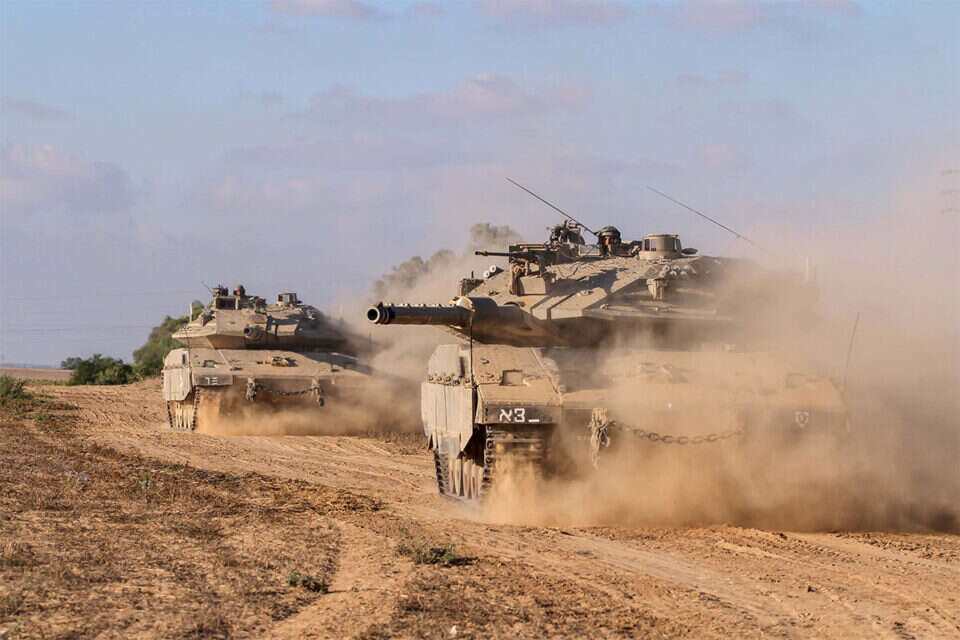
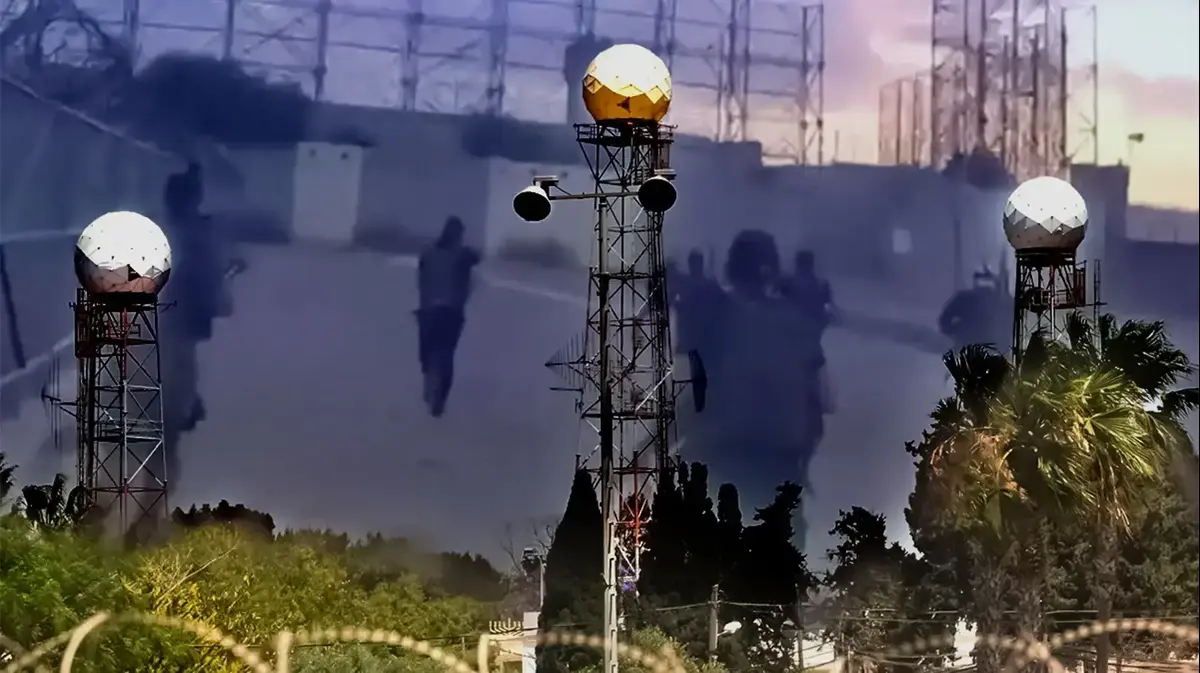

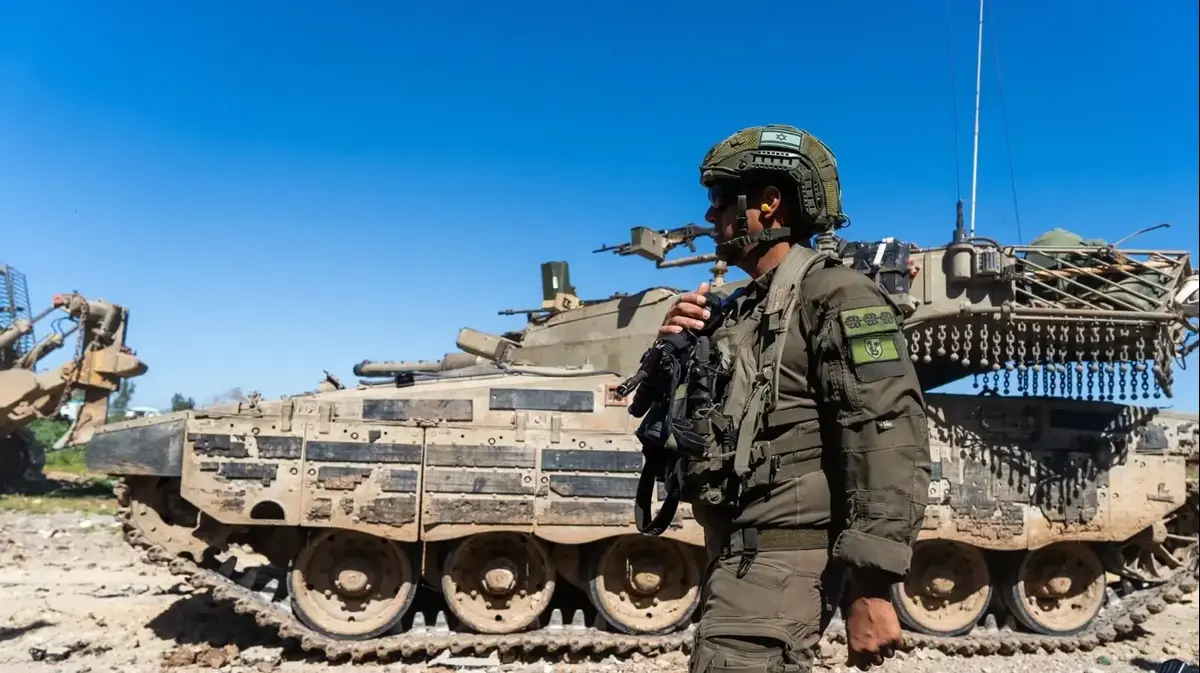

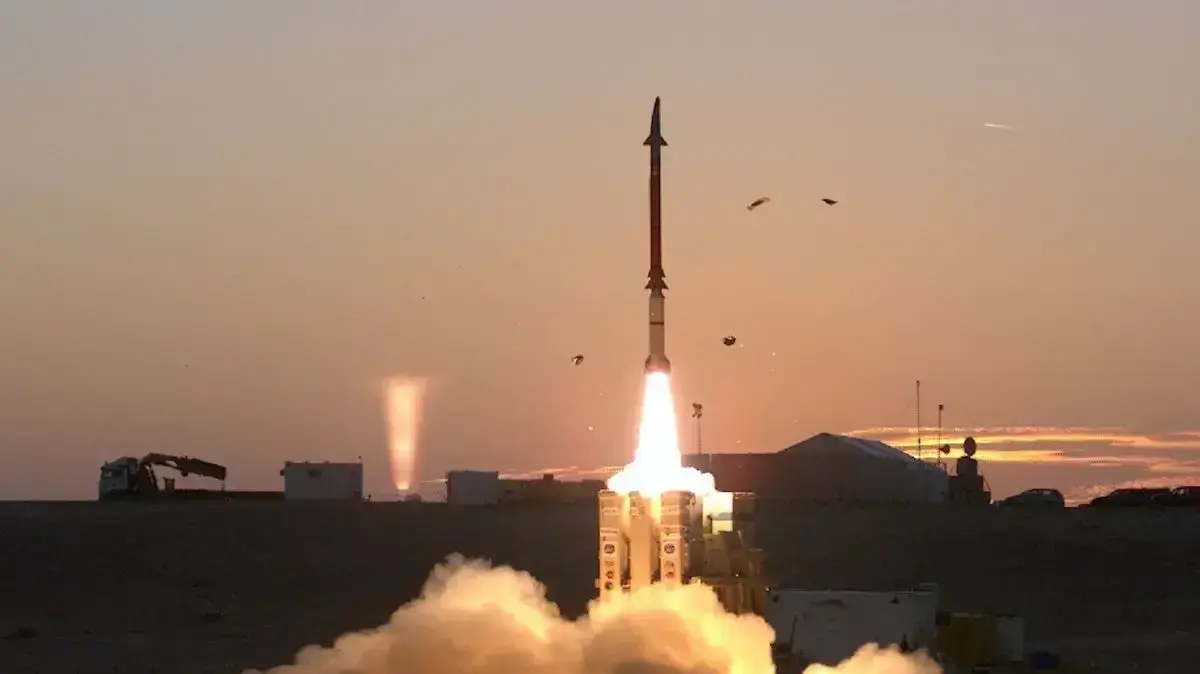
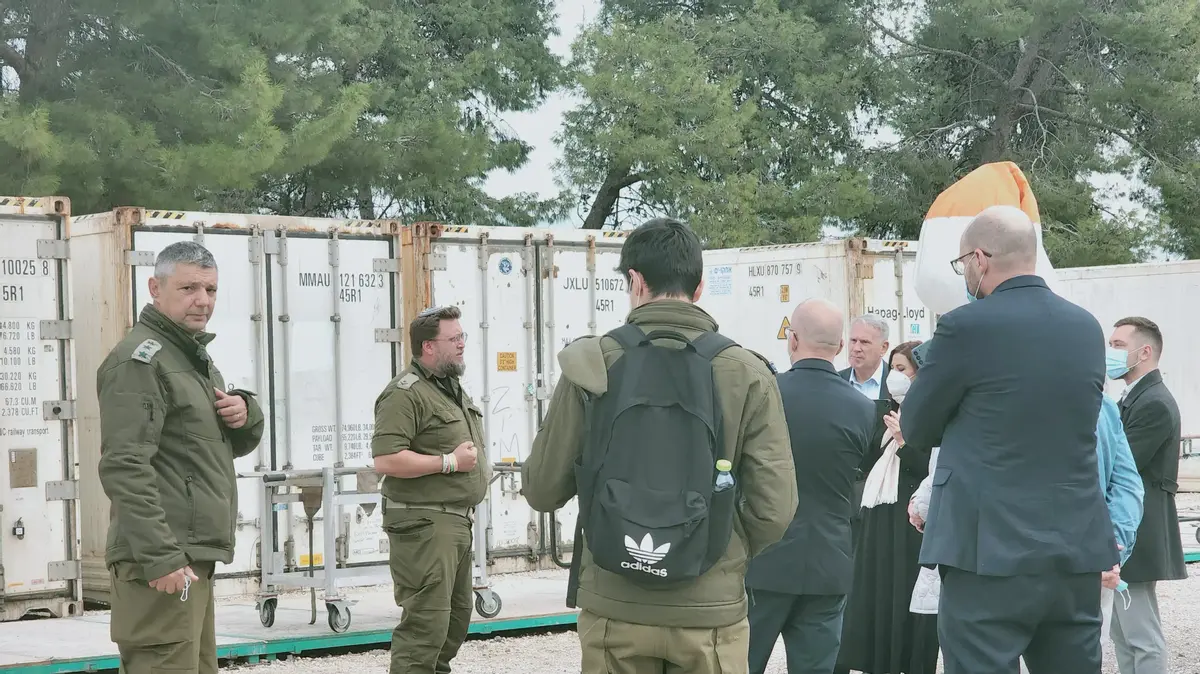
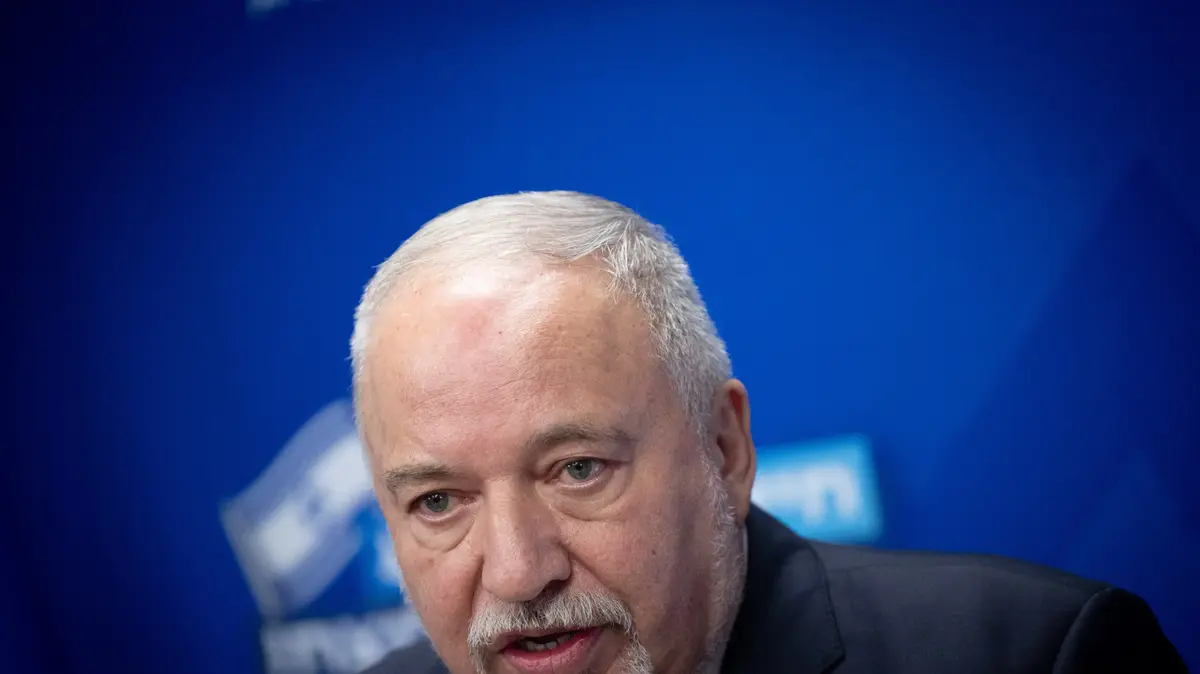




/cloudfront-eu-central-1.images.arcpublishing.com/prisa/KMEYMJKESBAZBE4MRBAM4TGHIQ.jpg)

